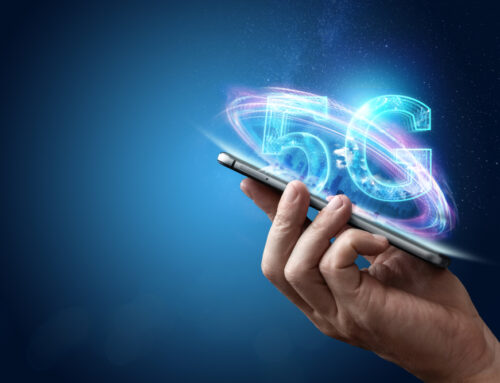 How can you enjoy the benefits of the very latest Apple software without having to fork out a small fortune on the latest iPhone 11? Simple – just download the most recent version of iOS to your current iPhone.
How can you enjoy the benefits of the very latest Apple software without having to fork out a small fortune on the latest iPhone 11? Simple – just download the most recent version of iOS to your current iPhone.
When Apple launched the iPhone 11 in September, it released it with the new iOS13 operating system pre-installed. While it was, as usual, the new hardware features of the latest iPhone that grabbed most of the attention on launch, iOS 13 software comes with some eye-catching benefits of its own.
Chief among these are a new Dark Mode which means you won’t strain your eyes with too much glare looking at your screen in the dark, an AI-driven FaceTime tool which means you still look like you’re looking at the camera even when you’re looking at the screen, plus more photo editing options and a new QuickTime keyboard.
To enjoy all of these features and more native in the iPhone 11, you’d have to have in the region of £1000 burning a hole in your pocket. Or, if you have an old iPhone – whether it’s last year’s iPhone XS or an older refurbished model – you can simply download it using the Software Update option in your general settings.
There is, however, one catch – iOS13 is only supported as far back as the iPhone 6S and SE. Which means if you have an iPhone 6 or earlier, not only is iOS 13 not available to you, but neither will any subsequent iOS releases be.
End of support
This will be disappointing news to many second-hand iPhone owners, as the iPhone 6 remains one of the most popular and best-loved models on the used phone market. So why has Apple taken this decision?
All manufacturers have end-of-support timetables for every model of phone they produce, which means that, after a certain date, they will no longer provide technical support and updates for that type. This is to limit the complexity of making every new software release backwards compatible with earlier hardware, which will often place limits on performance and functionality. So in that respect, now is just the time for the iPhone 6. Owners can still use their handsets, but they will never be able to update their system software beyond iOS12.
From a more technical point of view, Apple’s developers may have decided that the functions and features they wanted to include in iOS13 would just not perform effectively with hardware in the iPhone 6 and earlier. A clue here is the fact that Apple is still offering ongoing support for the A8 processor used in the iPhone 6 in other devices, such as the iPad Air 2 and Mini 4, but these all feature a 2GB RAM version of the chip. The iPhone 6 A8 only offers 1GB of RAM, suggesting that speed would be an issue running iOS 13 features. Apple has run into difficulties in the past with glitchy performance trying to apply new iOS editions to older iPhones.


